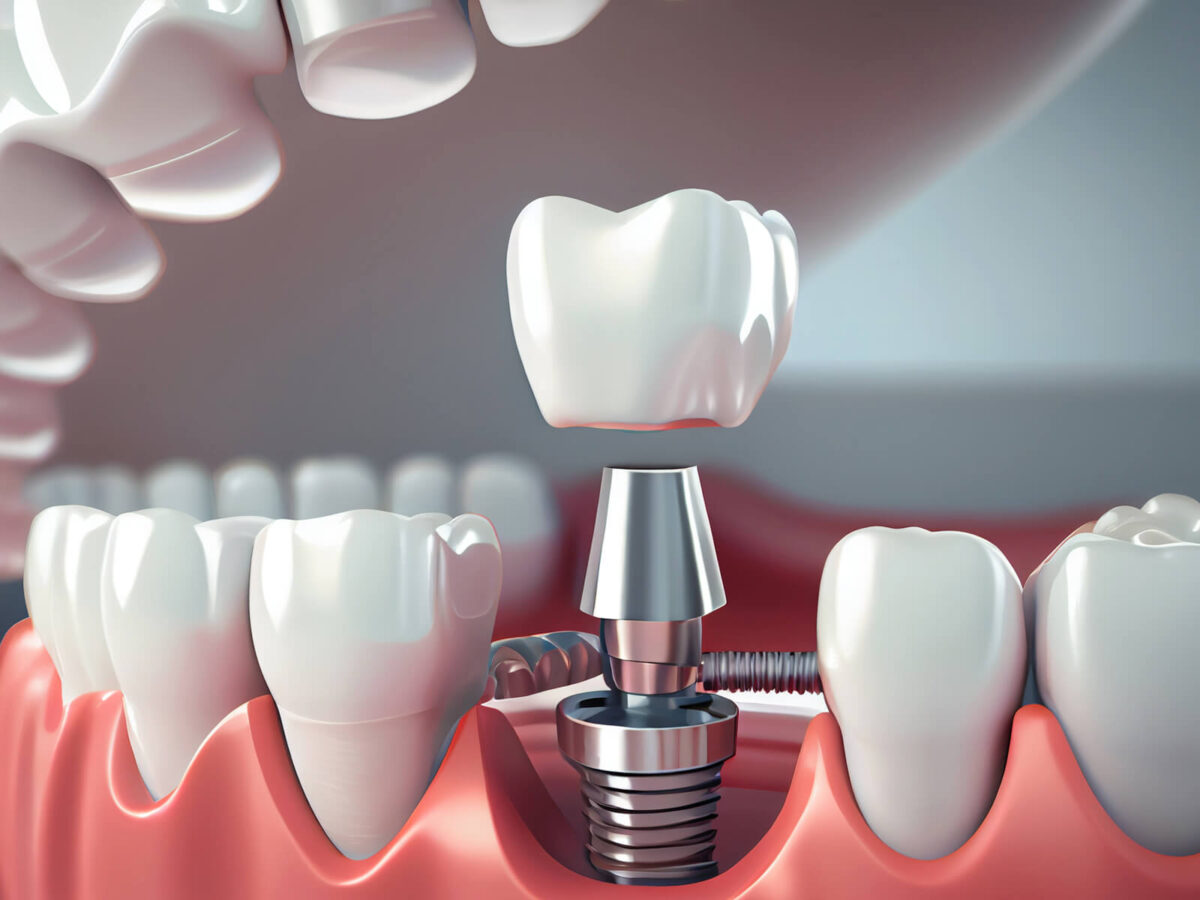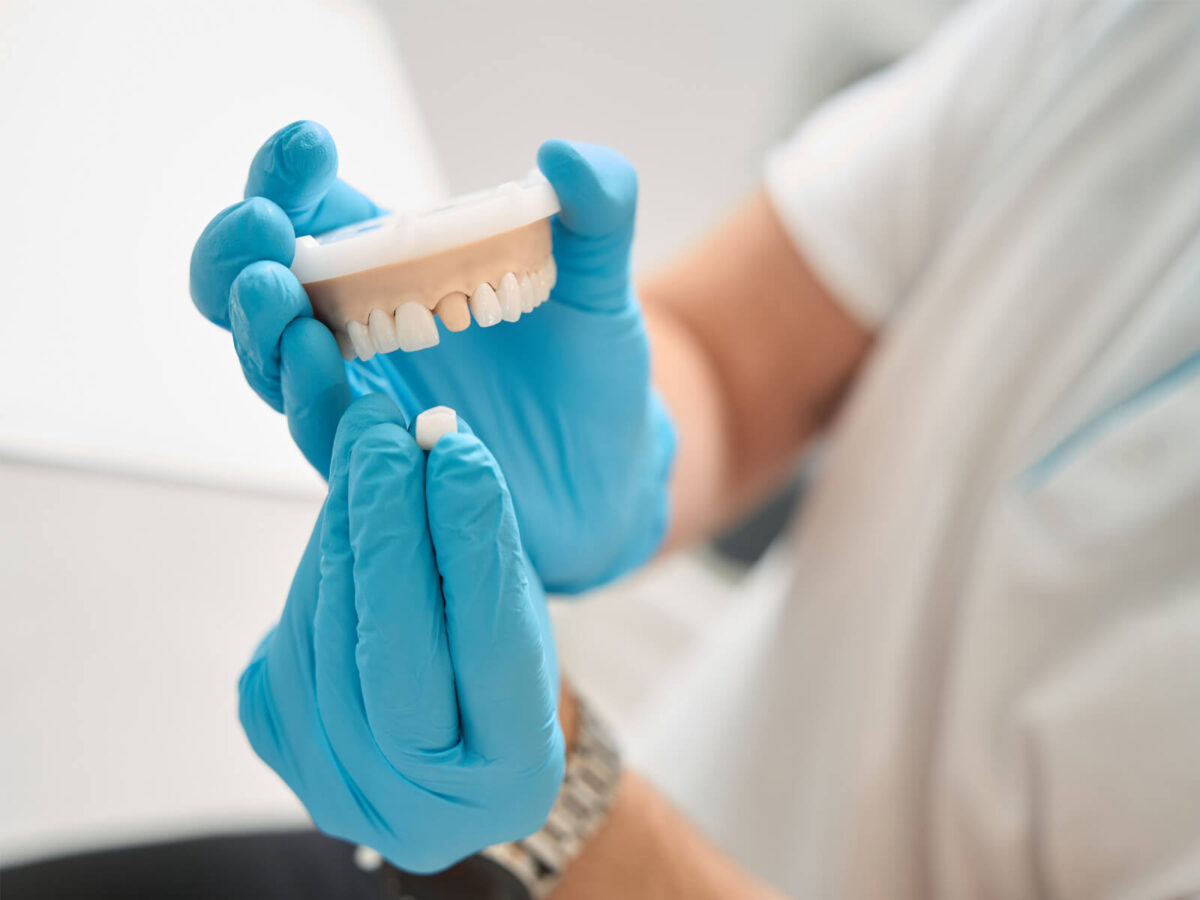Orthodontic treatment, often involving braces or other devices, is crucial for achieving a healthy smile. While the benefits of orthodontic treatment are manifold, the importance of maintaining excellent oral hygiene during this transformative process cannot be overstated. This article highlights why good dental hygiene is essential for those undergoing orthodontic treatment.
Importance of Proper Oral Hygiene During Treatment:
Preventing Tooth Decay and Gum Disease:
- Orthodontic appliances, like braces, create additional surfaces that can trap food particles and plaque. Without diligent oral hygiene, these accumulations increase the risk of tooth decay and gum disease. Brushing and flossing around braces are vital for removing plaque, preventing cavities, and maintaining gum health.
Challenges of Cleaning Around Braces:
- Braces consist of wires, brackets, and bands, creating complex structures that can trap food. Traditional brushing and flossing might be insufficient. Orthodontic tools like special brushes, floss threaders, or interdental brushes become essential for efficiently cleaning around braces.
Preventing Decalcification and White Spot Lesions:
- Decalcification leading to white spot lesions on the enamel is common during orthodontic treatment. Plaque acids can erode tooth enamel, causing these unsightly spots. Proper oral hygiene, including fluoride toothpaste and treatments, is key to preventing decalcification and maintaining enamel strength.
Enhancing Treatment Efficiency:
- A clean oral environment is crucial for the success of orthodontic treatment. Plaque and debris around braces can hinder tooth movement and delay treatment. Consistent oral hygiene ensures orthodontic appliances function effectively, promoting faster and desired treatment outcomes.
Reducing Gingival Inflammation Risk:
- Plaque build-up around braces can lead to gingival inflammation, causing redness, swelling, and discomfort. Good dental care practices can minimize the risk of gingivitis. Brushing along the gumline, regular flossing, and using antiseptic mouthwash can help maintain overall gum health.
Developing Lifelong Oral Hygiene Habits:
- Orthodontic treatment offers a unique opportunity, especially for younger patients, to develop lifelong oral hygiene habits. Valuing oral care during treatment lays the foundation for future dental health habits, contributing to the success of orthodontic treatment and long-term oral health.
Improving Aesthetics and Smile Confidence:
- Proper oral hygiene during orthodontic treatment is crucial for maintaining the treatment’s aesthetic results. White spot lesions and decay can detract from tooth appearance, diminishing the overall benefit of orthodontic treatment. A clean, healthy smile enhances dental health and boosts confidence in one’s enhanced smile.
Preventing Orthodontic Appliance Damage:
- Orthodontic appliances, though durable, can be damaged without proper care. Chewing hard or sticky foods and neglecting oral hygiene can lead to broken brackets or wires. Following orthodontist-recommended dietary guidelines and meticulous oral care prevents appliance damage, ensuring a smooth treatment process.
Conclusion:
Oral hygiene is paramount for those undergoing orthodontic treatment. Given the complexities of braces, significant care is needed to prevent oral health issues, optimize treatment efficiency, and achieve desired cosmetic outcomes. Patients, parents, and orthodontists should collaborate to establish and maintain excellent oral hygiene practices throughout the orthodontic journey.
By recognizing the importance of oral care during orthodontic treatment, individuals can ensure a successful and transformative experience, resulting in a healthier, more confident smile that lasts a lifetime. Dental hygiene is not just an adjunct to orthodontic treatment; it is foundational to overall dental health and well-being.



